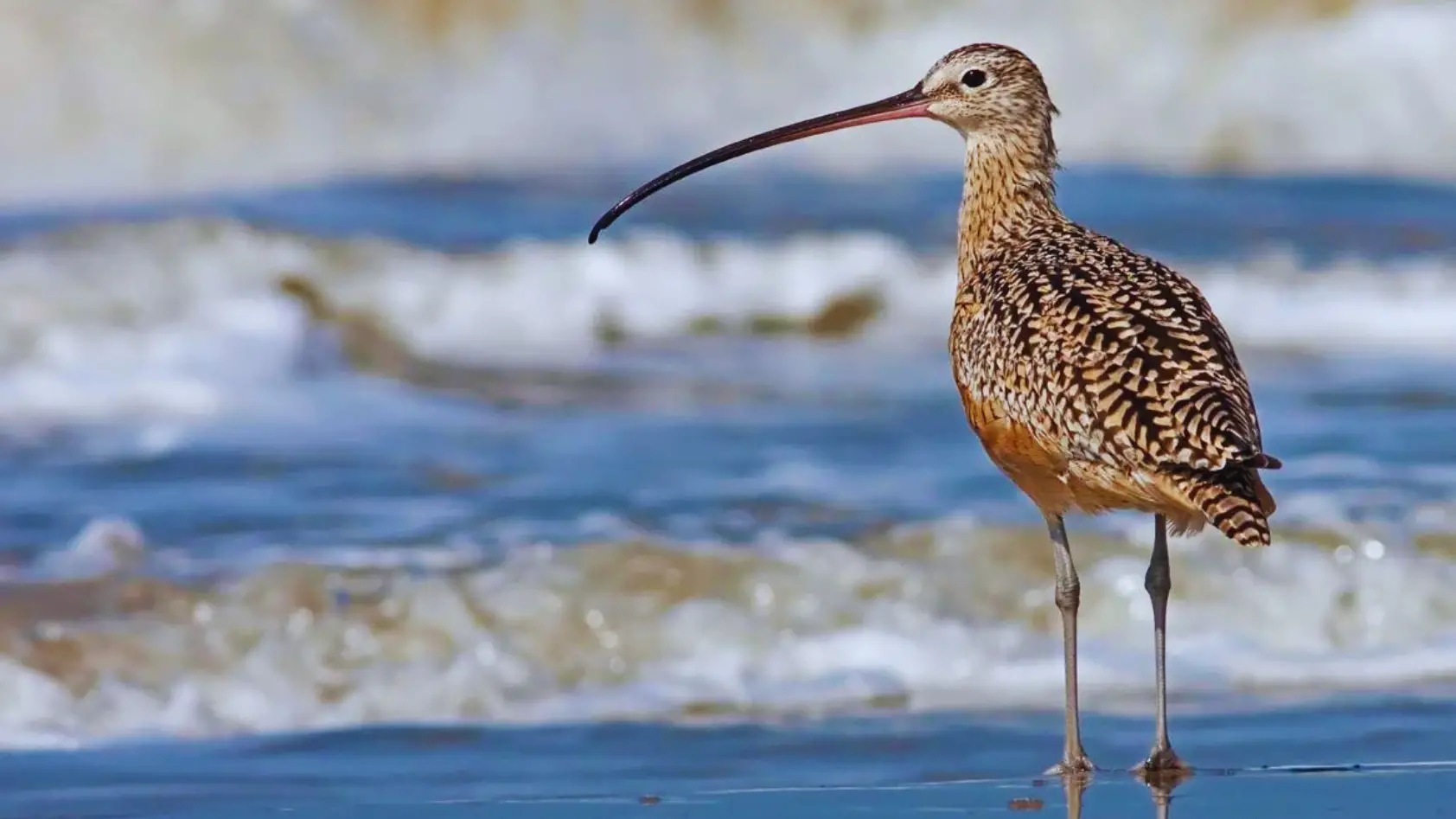Welcome to a fascinating journey into the world of birds with long beaks. Birds exhibit incredible diversity in their morphology, and their beaks are one of the most distinctive features. In this article, we will explore 20 amazing birds with long beaks, their characteristics, habitats, and interesting facts.
What are Birds with Long Beaks?
Birds with long beaks are a group of avian species that possess elongated and specialized beaks. These unique beaks serve various purposes such as foraging, catching prey, probing flowers for nectar, or even constructing nests. The elongated beaks have evolved in different bird families, resulting in a stunning array of shapes and sizes.
Types of Birds with Long Beaks
There are numerous bird species with long beaks, each belonging to different families and habitats. Let’s delve into the fascinating world of these birds and discover their remarkable features.
1. Long-Billed Curlew
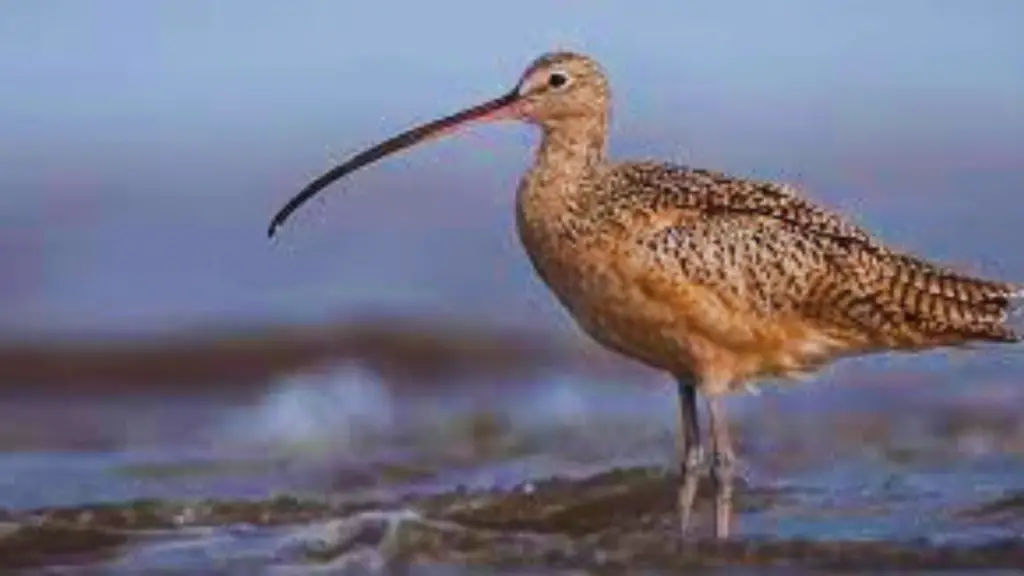
The Long-Billed Curlew (Numenius americanus) is a large shorebird with an impressively long and curved beak. Found in grasslands and coastal areas of North America, these birds use their beaks to probe the mud or sand in search of insects, crustaceans, and other small organisms.
2. Sword-Billed Hummingbird

The Sword-Billed Hummingbird (Ensifera ensifera) is a remarkable species found in the Andean mountains of South America. Its beak is longer than its body, and it is the only bird in the world with such a feature. This adaptation allows it to feed on nectar from long-tubed flowers that other hummingbirds cannot access.
3. American White Pelican

The American White Pelican (Pelecanus erythrorhynchos) is a majestic bird with a massive wingspan and a long, flat beak. These birds primarily feed on fish, using their beaks to scoop them out of the water. They can often be observed in large groups, gliding gracefully over lakes and rivers.
4. Keel-Billed Toucan
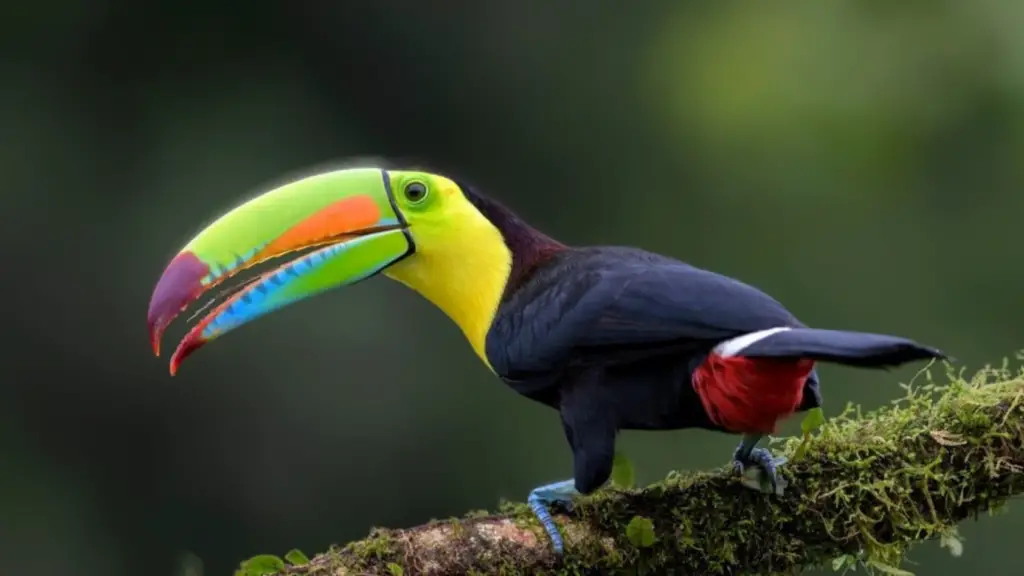
The Keel-Billed Toucan (Ramphastos sulfuratus) is a vibrant bird found in the tropical forests of Central and South America. It is renowned for its large and colorful beak, which is an essential tool for reaching fruits and insects in the treetops. The beak’s size and bright colors make the Keel-Billed Toucan a visually striking species.
5. Spoonbill
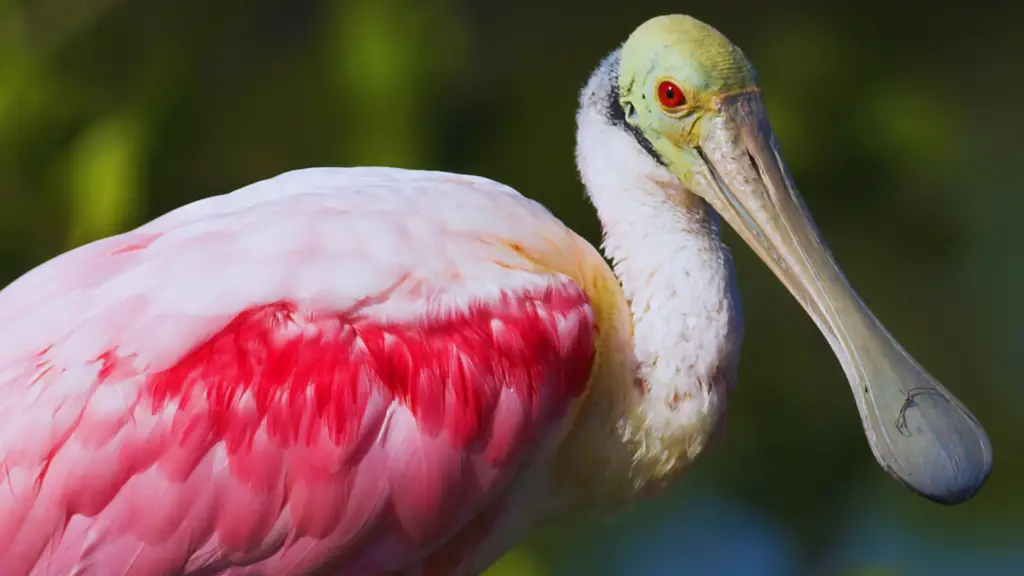
The Spoonbill is a group of wading birds characterized by their unique spoon-shaped beaks. Several species belong to this group, including the Roseate Spoonbill and the Eurasian Spoonbill. These birds use their beaks to sweep side to side through water, capturing small fish and invertebrates.
6. Shoebill Stork
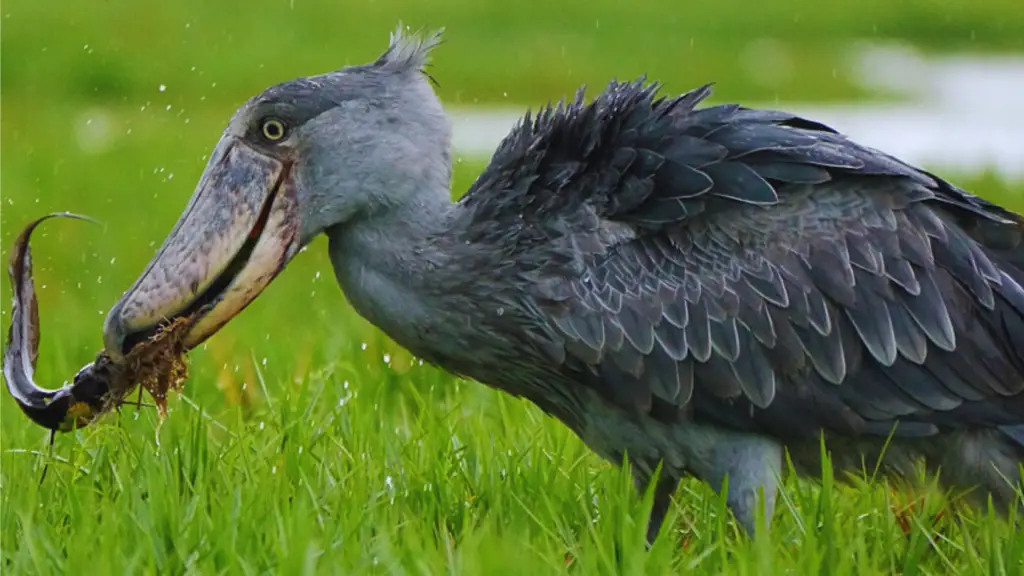
The Shoebill Stork (Balaeniceps rex) is a massive bird found in the wetlands of tropical East Africa. Its beak is large, and broad, and resembles a shoe, which gives it its name. The Shoebill Stork uses its beak to catch fish, lunging at them with remarkable speed and accuracy.
7. Hornbill
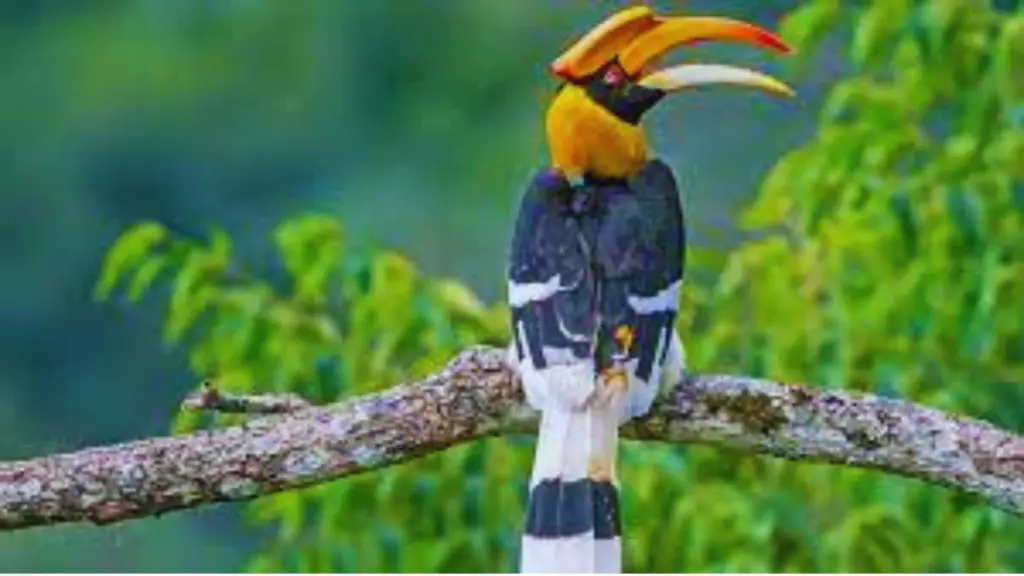
Hornbills are a diverse group of birds known for their unique beaks, which often feature a casque—a hollow structure on the upper mandible. These beaks are used for a variety of purposes, including feeding, digging nest cavities, and dueling with other males. Different hornbill species can be found across Africa, Asia, and the Pacific Islands.
8. Kiwi
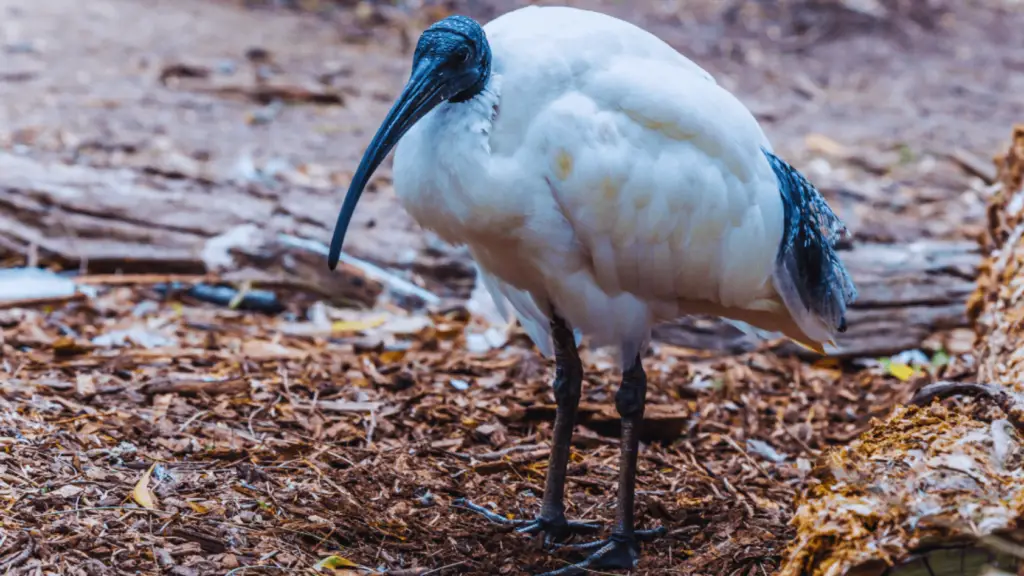
The Kiwi is a flightless bird native to New Zealand and is known for its long, slender beak. Although it may not appear long in comparison to other birds, it is remarkably long in proportion to the Kiwi’s body size. The Kiwi uses its beak to probe the forest floor in search of insects and invertebrates.
9. Ibises
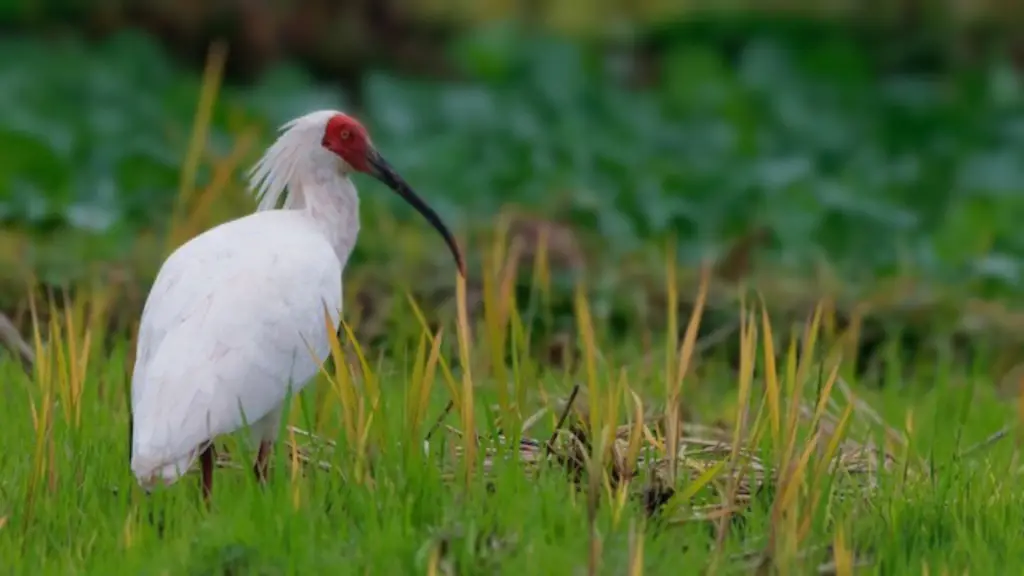
Ibises are a group of wading birds with long, curved beaks that aid in probing mud or shallow water for food. These beaks allow them to catch small fish, insects, and crustaceans. Different ibis species can be found worldwide, including the White Ibis, Scarlet Ibis, and Glossy Ibis.
10. Puffin
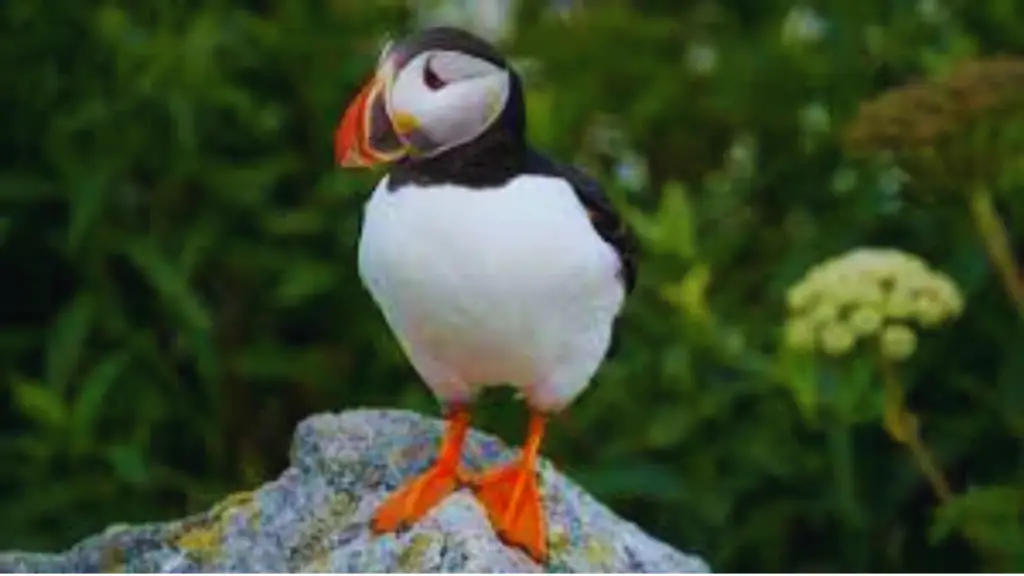
Puffins are charming seabirds with colorful beaks that are long and triangular. Their beaks play a vital role in capturing fish and carrying them back to their nesting burrows. Puffins are well adapted to diving underwater, and their beaks help them navigate through the water with precision.
11. Woodpecker

Woodpeckers are known for their strong beaks, which they use for drilling holes in trees to find insects or to excavate nest cavities. These beaks are specially designed to withstand repeated impact against the wood. Different woodpecker species can be found in various habitats across the world.
12. Heron

Herons are elegant wading birds with long, dagger-like beaks. These beaks are used for capturing fish, frogs, and other small aquatic prey. Herons are often seen standing still or slowly wading through shallow waters, patiently waiting for the perfect moment to strike.
13. Avocet
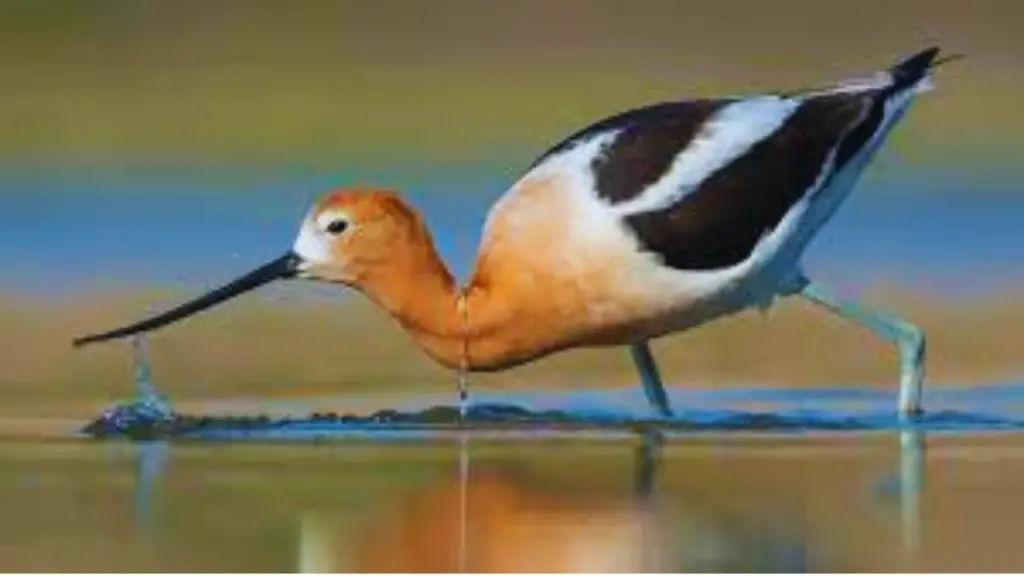
The Avocet is a distinctive shorebird with a long, thin beak that curves upwards. This specialized beak allows it to sweep its head from side to side through the water, capturing small invertebrates. Avocets are known for their graceful appearance and striking black-and-white plumage.
14. Flamingo
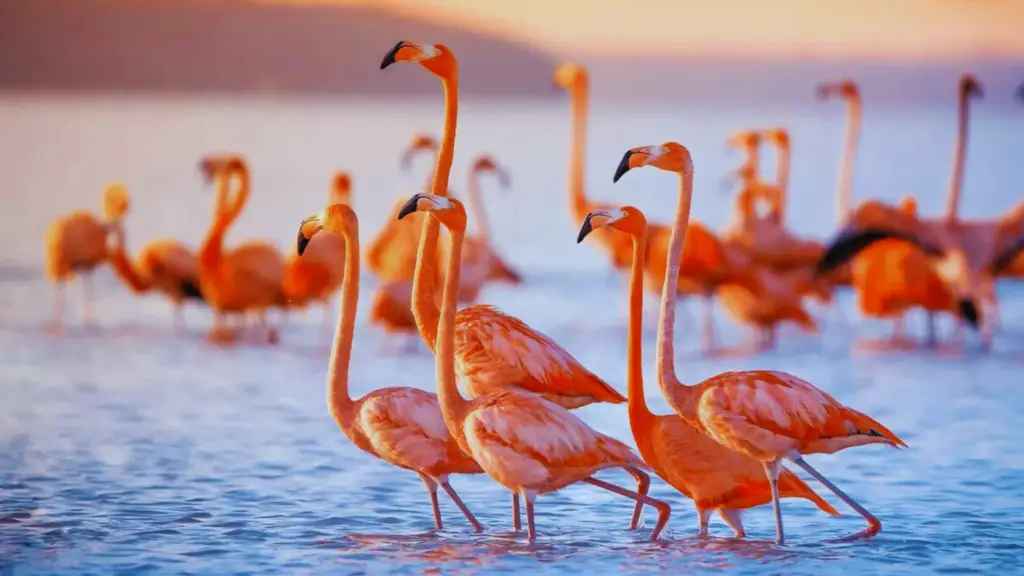
Flamingos are famous for their vibrant pink color and long, slender beaks. Their beaks are uniquely adapted for filter-feeding. By submerging their beaks upside-down in the water, they filter out algae, small crustaceans, and other microscopic organisms.
15. Pelican

Pelicans are large water birds with long beaks and a distinctive throat pouch. They use their beaks as a net, scooping up fish from the water. Once captured, the fish is swallowed whole. Different species of pelicans can be found worldwide, including the Brown Pelican and the Australian Pelican.
16. Toco Toucan
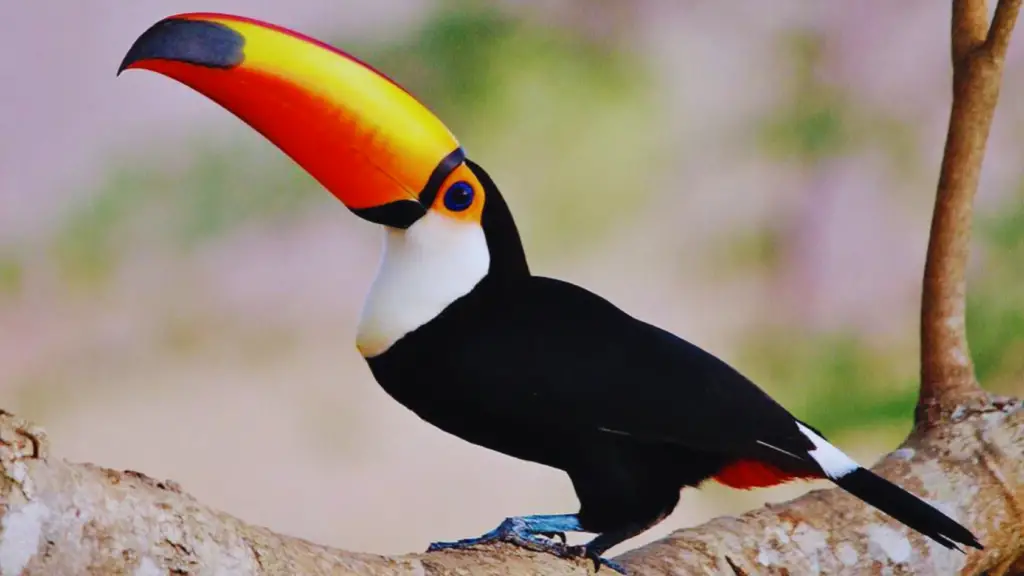
The Toco Toucan (Ramphastos toco) is the largest species of toucan, characterized by its enormous, colorful beak. While the beak appears heavy, it is surprisingly lightweight due to its hollow structure. Toco Toucans use their beaks to reach fruit on branches that are otherwise out of their reach.
17. African Gray Hornbill

The African Gray Hornbill (Lophoceros nasutus) is a medium-sized bird found in sub-Saharan Africa. It has a long, curved beak that aids in catching insects and small vertebrates. The beak is also important during courtship displays, where the male offers food to the female.
18. Black-tailed Godwit
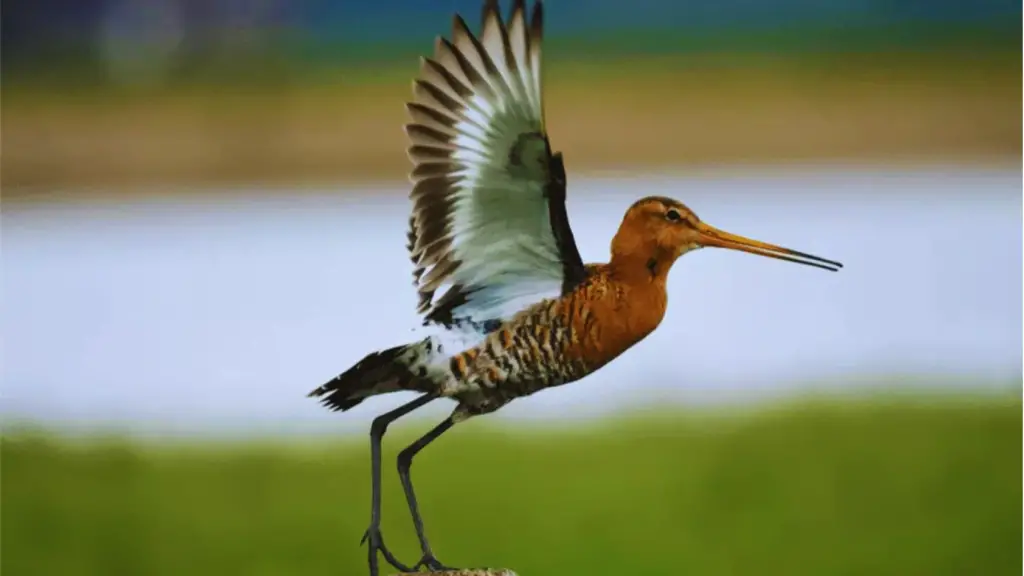
The Black-tailed Godwit is a slim, beautiful bird. The male’s exquisite brick-red mating plumage and long, straight bill are stunning and useful for foraging in deep water.
Black-tailed Godwits nest in northwest Europe and winter in Africa and Asia. These long-distance migratory live in freshwater marshes and estuaries and eat insects, worms, and aquatic plants. They migrate and winter in various wetlands.
19. Northern Jacana

The Northern Jacana (Jacana spinosa) is a bird species found in wetlands across the Americas. It has long toes and claws that enable it to walk on floating vegetation. The beak is used for foraging in shallow waters, capturing insects and small invertebrates.
20. European Oystercatcher
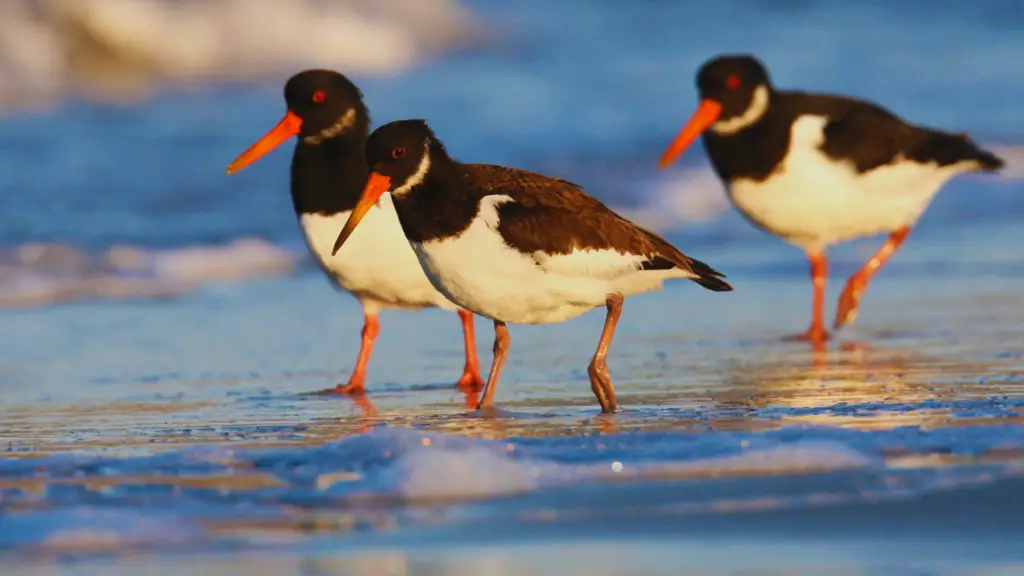
The European Oystercatcher (Haematopus ostralegus) is a coastal bird with a distinctive long, orange-red beak. It uses its beak to pry open shellfish such as oysters and mussels, feeding on the soft flesh inside. European Oystercatchers can be found along the coasts of Europe and western Asia.
Adaptations of Birds with Long Beaks
Feeding Adaptations
Birds with long beaks have evolved remarkable feeding adaptations to exploit various food sources. Some species have slender, needle-like beaks ideal for capturing insects in flight, while others have curved beaks for prying open shells or probing the ground for invertebrates. The beak’s shape, length, and flexibility directly correlate with the bird’s diet and feeding techniques.
Breeding Adaptations
Apart from feeding adaptations, birds with long beaks also exhibit specialized adaptations for breeding. These adaptations include courtship displays involving the beak, building intricate nests, and defending territories. In some cases, the beak plays a crucial role in mate selection, as birds with longer or more vibrant beaks often attract potential mates.
Ecological Roles of Birds with Long Beaks
Birds with long beaks play significant ecological roles in their respective habitats, contributing to the balance and functioning of ecosystems. Three prominent ecological roles are seed dispersal, pollination, and insect control.
Seed Dispersal
Many birds with long beaks, such as toucans and hornbills, consume fruits and disperse the seeds over large distances. This dispersal mechanism aids in the colonization and genetic diversity of plant populations, ensuring their survival and promoting forest regeneration.
Pollination
Certain bird species with long beaks, like hummingbirds and sunbirds, act as effective pollinators for various flowering plants. As they feed on nectar, their beaks come into contact with the flower’s reproductive organs, facilitating the transfer of pollen. This mutualistic relationship between birds and plants ensures the continuation of diverse plant species.
Insect Control
Some birds with long beaks, including woodpeckers and ibises, play an essential role in insect control. They use their specialized beaks to extract insects from tree bark or probe the soil for invertebrates, helping to regulate insect populations and maintain the ecological balance of their habitats.
Conservation Efforts
Birds with long beaks face various threats to their survival, including habitat loss, pollution, climate change, and poaching. To mitigate these risks and ensure their continued existence, conservation efforts are crucial.
Threats to Birds with Long Beaks
The destruction and fragmentation of natural habitats pose a significant threat to birds with long beaks. Deforestation, urbanization, and agricultural expansion reduce the availability of suitable nesting sites and food sources. Pollution, such as water contamination and pesticide use, can also have adverse effects on these birds and their habitats.
Conservation Measures
Conservation organizations and governments worldwide are actively involved in protecting birds with long beaks. Measures include the establishment of protected areas, habitat restoration initiatives, and public awareness campaigns. Additionally, research and monitoring programs help gather crucial data on population trends and behavior, guiding conservation strategies.
FAQs
Q1: What is the purpose of a bird’s long beak?
A bird’s long beak serves various purposes depending on the species. Some birds use their long beaks for foraging and capturing prey, while others use them for feeding on specific types of food sources such as nectar or fish.
Q2: How do birds with long beaks catch their food?
Birds with long beaks employ different feeding techniques. Some plunge their beaks into the water to catch fish or sweep through the mud to find invertebrates. Others use their beaks to probe flowers for nectar or reach fruits on branches.
Q3: Do all birds with long beaks have the same beak structure?
No, birds with long beaks exhibit a wide range of beak structures. Some beaks are long and curved, while others are thin and straight. The beak structure is often specialized for the bird’s specific feeding habits and environment.
Q4: Are there any flightless birds with long beaks?
Yes, the Kiwi is an example of a flightless bird with a long beak. Despite being flightless, the Kiwi uses its long beak to forage on the forest floor for insects and invertebrates.
Q5: Are birds with long beaks found in specific regions?
Birds with long beaks can be found in various regions around the world. They inhabit diverse habitats such as wetlands, forests, coastal areas, and grasslands. Different species have adapted to specific environments and food sources.
Conclusion
Birds with long beaks are a captivating group of avian species that showcase the wonders of evolutionary adaptation. From the majestic American White Pelican to the vibrant Keel-Billed Toucan, each bird possesses a unique beak that aids in its survival and feeding habits. Exploring the diversity of these birds opens a window into the intricate and fascinating world of avian biology.
Remember to cherish and protect these incredible creatures and their habitats, as they play an essential role in maintaining the balance of our ecosystems.

